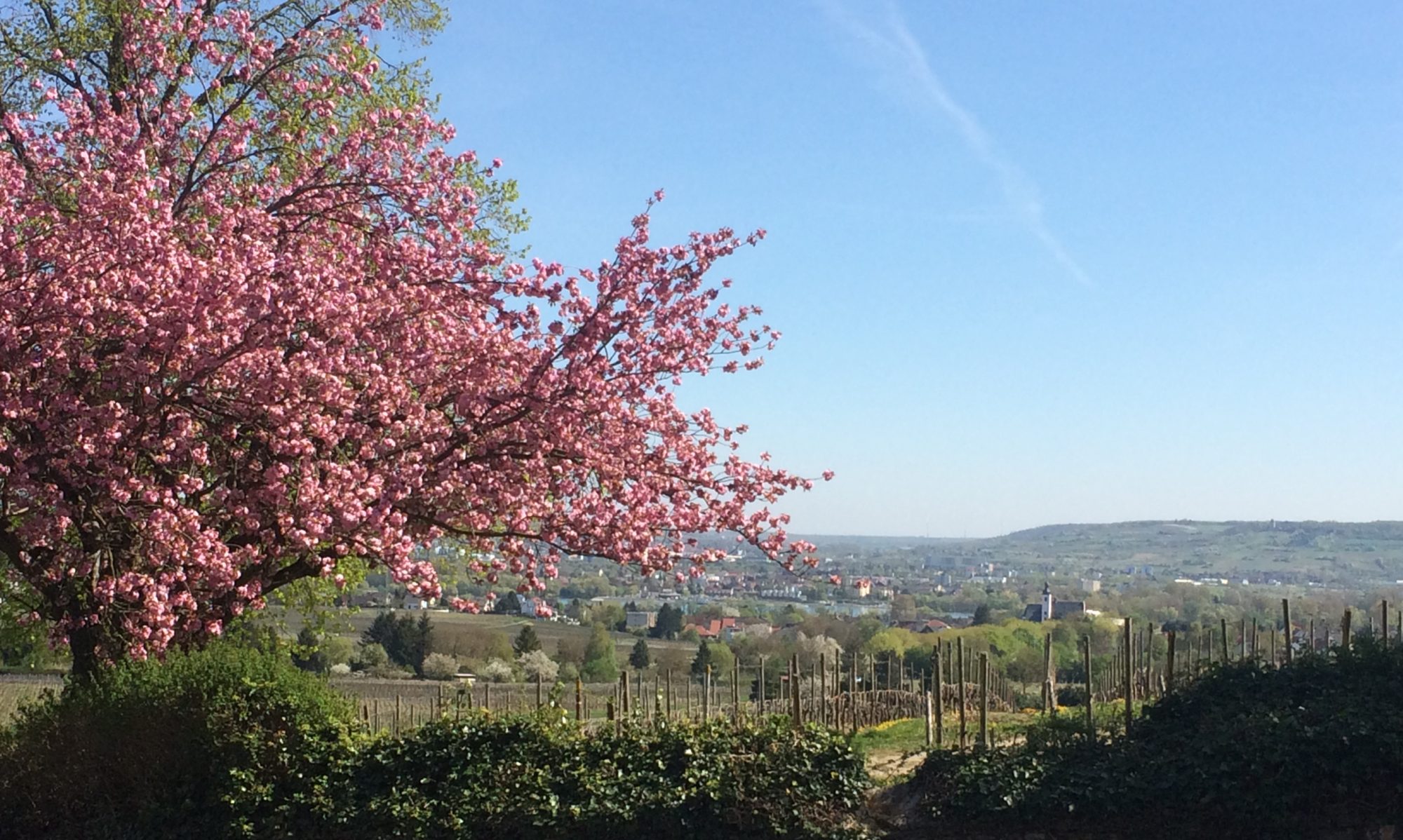In an age where sustainable lifestyle is on the tip of everyone’s tongue, perhaps there are some useful ideas from Germany about how we view our forests and their role in contributing to keeping the world climate in balance.
How Important are Trees in Germany?
There are over 90 billion trees that cover one-third of the land area of Germany. Trees are very important here and are a big part of German culture, preserved and enjoyed in nature reserves where families can appreciate vegetation and animals in natural settings.
But Germany also has a tree problem. The problem is that trees are dying. In 2020, more trees died in Germany than during any previous year (dw.com).
Draught, bark beetles, storms and other factors have taken a great toll on German forests in recent years. Fast growing spruce conifers planted after WWII account for 25% of trees in German forests (dw.com) and have been worst hit by environmental change. These non-native trees were planted because they mature fast, usually after about thirty years. The wood industry boomed as a result.
But the root systems of the conifers are flat, making them vulnerable to draught and wind. The bark beetle invades when the trees are no longer able to produce the sap they need to protect the the tree. Once a bark beetle has found a weak or sick tree, it tunnels into the bark and lays its eggs. When the larva hatch, they eat the phloem (inner tissue) of the tree. Fungi subsequently grow in the galleries the bark beetles create (google.com). The fungi prevent the tree from taking up further water, and so it dies.
Leave Forests Alone
Peter Wohlleben, a German forest ranger and author of the international bestselling book ‘The Secret Lives of Trees’, says that the best ways to fight climate change is to leave the forests alone. Biodiversity is the key to reestablishing balanced ecosystems in our forests. He claims that ‘ecosystems when left on their own are much more resilient’ (New Yorker, June 20, 2021). German forests have been over-managed for timber extraction for too long. We have trained ourselves to believe that forests are for recreation, and that unsightly dead and fallen wood – essential to biodiversity – must be cleared.

A woodland left on its own looks untidy but teems with life
Source: Google
Wohlleben’s philosophy centers on the idea of slow growth. Trees exist in social symbiosis with other trees around them and nourish each other through complicated underground root networks as conditions allow. In this sense, he submits that trees ‘communicate’. The more slowly a tree grows, Wohlleben says, the tighter its grain and the greater its chances of surviving natural threats (ibid above). Wohlleben is also an opponent of tree plantations and wood pellet power plants, which he claims further destabilize the climate: ‘My own personal goal is that, in the future, we will protect the climate by using less while simultaneously allowing as many forests around the world as possible to revert to their natural state;’ he writes (ibid above).

Even trees that look dead are part of the forest’s ‘communication’ network
Source: Getty Images
What We Can Learn
Not everyone agrees with Wohlleben’s approach to humanizing trees. Some argue that he cherry-picks and exaggerates scientific findings and portrays forests as ‘cartoonishly cooperative’ (ibid above).
But Wohlleben’s ideas do make us empathize with our environment and appreciate trees as living objects. In this sense, tree hugging may not do much to save trees, but it might just help us be more open to their preservation in the fight to keep our climate balanced enough to survive in the long run.
Sources:
